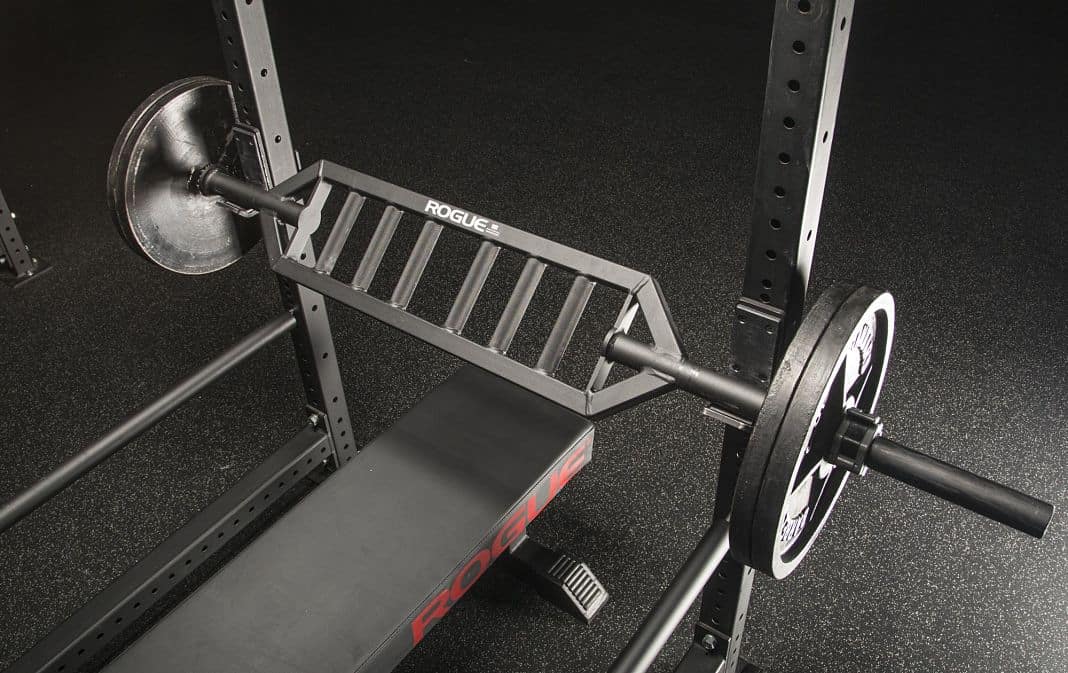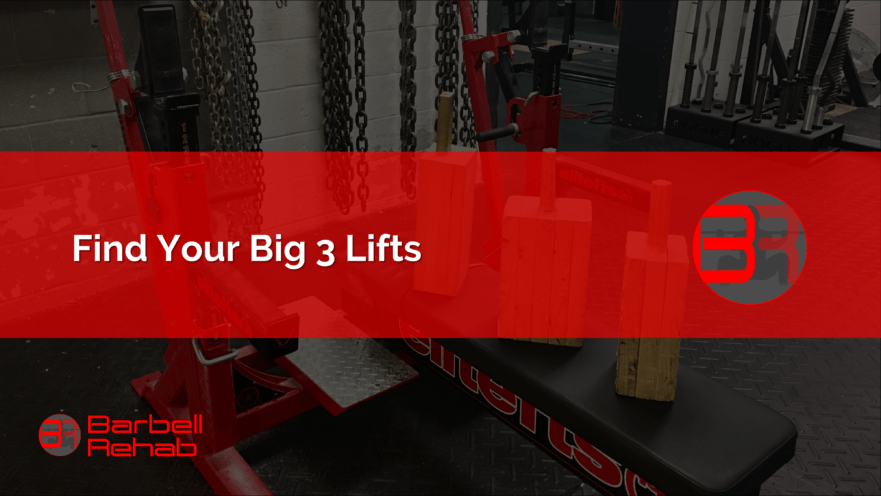If you’ve made your way to this site, you’re most likely interested in getting stronger, reducing pain, or both. The quest for strength and general health is a lifelong journey. This is why you want to make sure the exercises you’re training in the gym feel GOOD. In order to do this, you need to find your big 3!
If you’re consistently injuring yourself in the gym with a certain exercise AND you’ve optimized your form and programming (learn how to do that here) maybe it’s time to find a different exercise.
Contrary to popular belief, you don’t NEED to perform the traditional “Big 3” (low bar squat, barbell bench press, and conventional deadlift) to be strong and healthy. In fact, if you’ve been properly coached through these movements (more on that here) and they STILL don’t feel right, I’ve got some options for you.
Find Your Big 3 Barbell Lifts
If your goal is building strength that allows you to move through your daily life with more ease, then you should still utilize movements that train a lot of muscle mass over a large range of motion. The barbell is perfect for this.
While dumbbell movements are good and something that I incorporate in nearly all of my clients’ programs, I recommend starting the workout with a bilateral barbell movement. This allows you to progress loads in smaller increments (2.5 lbs if you have 1.25 lb plates) than dumbbells.
This microdosing capability of the barbell allows you to progress strength in linear fashion initially and help improve your ability to train via RPE in the later stages (something I recommend).
In the rest of this article, I’m going to break down some barbell lifting options for you so you can find YOUR big 3.
The Squat

Traditional Recommendation: Low Bar Squat
Issues
- Not great for those with shoulder issues
- Can flare up elbow and wrist issues
- May not tolerate the inclined torso position
Suitable Variations:
- High Bar Back Squat
- Front Squat
- Safety Bar Squat
If you’re someone with shoulder, elbow, or wrist issues, the above variations might be viable solutions for you. Because the bar is carried up higher on the back (high bar/safety bar squat),or on top of your shoulders (front squat) there are less mobility demands and many can tolerate them better.
Bench Press

Traditional Recommendation: Flat Barbell Bench Press
Issues:
- Cranky shoulders
- Pain in the bottom position
- Many don’t feel them working their chest
- Low back may not tolerate flat position
Suitable Variations:
- Low Incline Bench Press
- Board Press
- Floor Press
- Swiss Bar Bench Press
If you are not competing in a powerlifting competition in the near future and are looking for a horizontal barbell pressing variation that feels good to you, give one of the four above a try.
For example, the low incline bench press can help instantly reduce shoulder discomfort and allow you to feel the movement more in your chest (what many are after).
Additionally, the board and floor press removes the often painful bottom portion of the lift and can allow you to continue to train and progressively overload the horizontal pressing pattern.
Sometimes people have shoulder pain due to the fixed pronated position that you have to grip a standard barbell. In this case, a Swiss Bar Bench Press (pictured above) would be a great alternative! This allows you to bench with more of a neutral grip, which is tolerated better by some folks.
Deadlift
Traditional Recommendation: Conventional Barbell Deadlift
Issues:
- Trouble getting back into good position with long torso and short arms
- More stress on lumbar spine than other variations
- Higher learning curve than trap bar deadlift
Suitable Variations:
- Sumo Deadlift
- Trap Bar Deadlift
- Block Pulls
Have you dealt with repetitive low back strains with the conventional deadlift? While this can usually be remedied with form and programming optimization, sometimes a sumo or trap bar deadlift just feels better.
Since there isn’t a bar in front of your shins, and many trap bars have handles higher than the traditional height of a loaded barbell, many people can get into a better position with the trap bar.
Additionally, with the sumo deadlift, you’re also closer to the bar and have a more upright torso than conventional. This reduces the stress on the lumbar spine compared to conventional, something that you may be after if you’re dealing with back pain.
Training for Life and Wellness
If you’re someone who’s interested in improving strength and general health, the traditional Big 3 lifts aren’t mandatory if they don’t feel right to you. Contrary to popular belief, training the hinge pattern with a trap bar or squatting with a safety bar won’t make you die an early death.
If it allows you to get into the gym without suffering from repetitive injuries, this can help promote longevity and keep you engaged and interested in your training!

